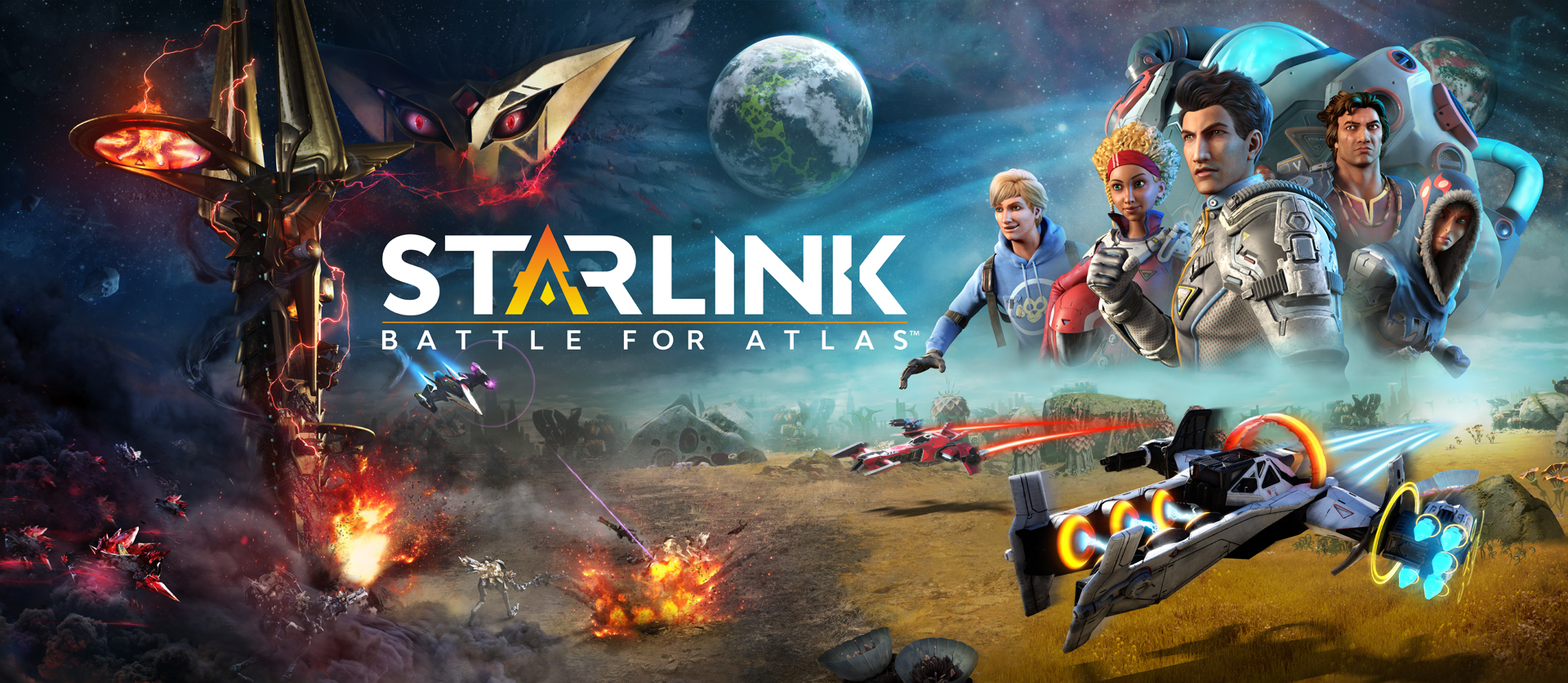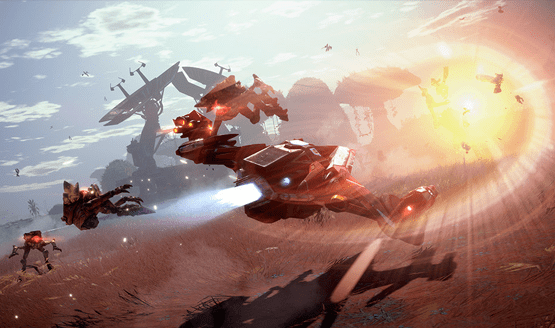Toys-to-life games catapulted to the big time in the early 2010s starting with Skylanders. Disney Infinity and LEGO Dimensions soon joined the fray, each adding their own special twist and unique properties to the mix, but they weren’t long for this world. Disney Infinity’s last game came out in 2015 and they stopped production of new figures in 2016. LEGO Dimensions ceased production of new expansions in 2017. And while Skylanders is allegedly continuing on, the last game in the series released in 2016, with no new games on the horizon. You might have heard that toys-to-life games were all but dead, but Ubisoft came cruising onto the scene in their fancy new starship, set on a quest to save the toys-to-life genre with Starlink.
Playing With Your Games – The Toys
Most toys to life games are set-and-forget. As long as the toy is on the pad, you can play with it in-game, but you don’t really do anything with the toys to help play the game. They simply act as a totem representing the avatar. Starlink’s modular ships mean you get to play with your toys while playing the game. Swap out guns on the fly, switching from a fiery blasting flamethrower to a steady stream of icy bullets when needed. Change up your ship’s wings to alter its stats immediately. Even pop an entirely different ship over your pilot at any time.
The controller mount for the ships means that playing with the toys is always right at your fingertips. Even when not swapping out pilots, ships, or weapons, the fact that the toys are right there on your controller means that playing the game is effectively playing with the toys. I actually figured out just how modular Starlink lets you make things when I mistakenly put a wing onto a ship backwards. It appeared in the game reversed. I flipped it upside down and swapped it to the other side. Again, it appeared in-game exactly how it was aligned on my physical ship.
I tried other ship’s wings. I tried flipping the guns backwards. And then I even tried stacking wings on the wings for a space monstrosity. It all appeared in game exactly as it was built on my ship. Turns out you can stack up to three wings on each side and mount a gun to the end of that extended wing for some pretty crazy combinations. You can use any pilot, ship, wing, or weapon completely interchangeably, though it will change your stats and abilities in the game. The game even lets you play entirely digitally, so if you don’t want to mess with the physical ships, you can switch to the digital mode.
That’s the one thing in the game that you can’t mix-and-match, though. If I opt to play with the physical ships, I am limited to the pilots, ships, and weapons I have right in front of me. I can swap all of those physical parts out as much as I want, but I couldn’t find a way to mount a weapon that I didn’t have onto a ship that was physically linked. By disconnecting the Starlink controller mount from my PS4, I was free to select any combination of ship, pilot, and weapons that I owned, even if I didn’t physically have it there in front of me.
There are two digital versions of the game currently, with the base Starlink including four ships, six pilots, and 12 weapons digitally, and the Digital Deluxe Edition increasing that to five ships, nine pilots, and 15 weapons digitally. It gets complicated when you start looking at physical-only versions (which don’t include access to the digital content), digital DLC, and the physical ships, pilots, and weapon packs you can buy, but Ubisoft does provide a handy guide on their site to help sort it all out. Just like any other toys-to-life game, if you want to go physical, Starlink is bound to drain a bit of money. Fortunately the option to go all-digital with it opens up the game to audiences who may not care about the added expense of plastic add-ons. Though truly, they add a lot.
Additionally, I’m 30 years old and I had a ton of fun playing with these well-built and fantastically modeled ships, even when the game was off. I can only imagine the kind of fun kids will have with these Starlink ships, creating fun new combinations outside of the game, and then getting to see them come to life inside the game world. That’s the kind of fresh interactivity toys-to-life needs to breath new energy into the genre.
To Infinity and Beyond – The Game
Space may be the final frontier, but it’s a frontier that games have loved to explore since we could send digital ships into pixelated stars. Starlink is a compelling mashup of No Man’s Sky, Mass Effect, and something that feels like it could have come from Dreamworks Animation. As a member of Starlink, your job is to liberate worlds in the Atlas System from the Forgotten Legion and their amazingly animated and formidable leader, Grax. It’s exciting to get that sense of wonder as you take off from one planet, head beyond the atmosphere, and point yourself at the next planet you want to free from the clutches of evil. Everything from the details of the worlds to the spectacle of space has a beautiful art style that is distinct yet familiar. The potential mystery of what lies in the unknown is bolstered by the beauty of each different environment in the game.
Unfortunately that mystery is never fully realized. Liberation of each planet comes down to a formulaic set of tasks, a sort of implied open-world checklist of things to do, and very little changes planet to planet besides the scenery. While it’s initially fun to rebuild the observatories and refineries, liberate small camps, and destroy Legion hives, it starts to wear thin after the third or fourth planet of repetitive and menial kill or fetch quests. I can only bring a helium diffuser to the same refinery so many times before I start to question this guy’s maintenance policies. All of those tasks are in preparation to take on the planet’s Prime, a massive boss that gets much easier the more you liberate a planet (technically you can head right to the Prime without completing any other tasks, but the fight will be very difficult and long).
In the face of a quest structure that is less than memorable, Starlink gets its ship controls right. It’s incredibly easy to pick up and play and satisfying to just mow down Legion’s forces across the various planets’ environments. Some of the dogfights in space are the most fun I’ve had since Star Wars Battlefront 2. Dreadnoughts—massive ships that are available to fight after you’ve taken down two Primes—are enormous multistage battles that give a huge sense of accomplishment when they’ve been defeated. Even using your ship in a low-power hover mode on the planet’s surface makes for some great frantic battles, especially when you consider the ability to switch out the game’s various weapons on the fly.
Of course it’s all driven by the toys, but therein lies the Starlink’s biggest catch. The cheaper digital version of the game will net you a number of ships, pilots, and weapons to play around with, while the more expensive physical edition comes with only a single ship and pilot, and just three weapons. Digital is far more friendly on the wallet, but Starlink’s strength comes from mounting plastic ships to your controller and playing with them while you are playing the game. I was sent both a digital deluxe copy of the game and a bunch of physical ships, so I got to see the best of both worlds, but picking one or the other will either become expensive or limiting.
From a story perspective, the game’s animations and voice acting are done incredibly well, so much so that I’d love to see Starlink spin off into additional properties to better flesh out the game’s cast of characters and underlying story (Netflix series, anyone?). I’d also love to see a sequel retain the great gameplay and toys-to-life integration while creating additional depth within the planets and for the characters. If this is the ground floor of a new and exciting property that can continue to expand, consider me all in, growing pains and all.
As an aside, I can’t help but look with envy the other side of the fence at Nintendo’s version of Starlink, which includes Fox McCloud, his Arwing, and a whole additional story within the game just for that character. It feels like a lot of attention and development went into that aspect of the game that audiences on other consoles won’t ever get to see. Sure, we’ll never see the Fox McCloud content make it’s way to the PS4 version, but it does have me dreaming of what PlayStation exclusive pilots or ships would be possible.
Starlink’s beautiful worlds invoke the wonder of heading into the deep unknown, and it’s one of the best implementations of the toys-to-life genre we’ve seen so far. Shallow mission and exploration structure can make the game seem repetitive, but exhilarating space combat while being able to customize your ship at any time helps stave off the boredom that might come from ferrying your 20th helium diffuser. While it’s not perfect, Starlink is a fantastic base for a new wave of toys-to-life games, innovating on the genre in a special way that further connects players with both the toys and the experience. And even when the game is off, for this 30-year old gamer at least, the spaceships are still fun to play with.
Starlink review copy (digital deluxe) provided by publisher. Version 1.01 reviewed on a standard PS4. Reviewer was also sent the physical Starlink starter pack, along with a number of additional physical pilots, ships, and weapons. For more information on scoring, please read our Review Policy.
-
A great seed for a new franchise
-
Fun starship gameplay
-
Invokes a sense of wonder through galactic exploration
-
Immersive implementation of modular toys with the gameplay
-
Planetary tasks get repetitive
-
Physical is the way to play, but is more expensive than digital
Starlink Battle for Atlas Review October 2018
-
Starlink: Battle for Atlas

-
Starlink: Battle for Atlas
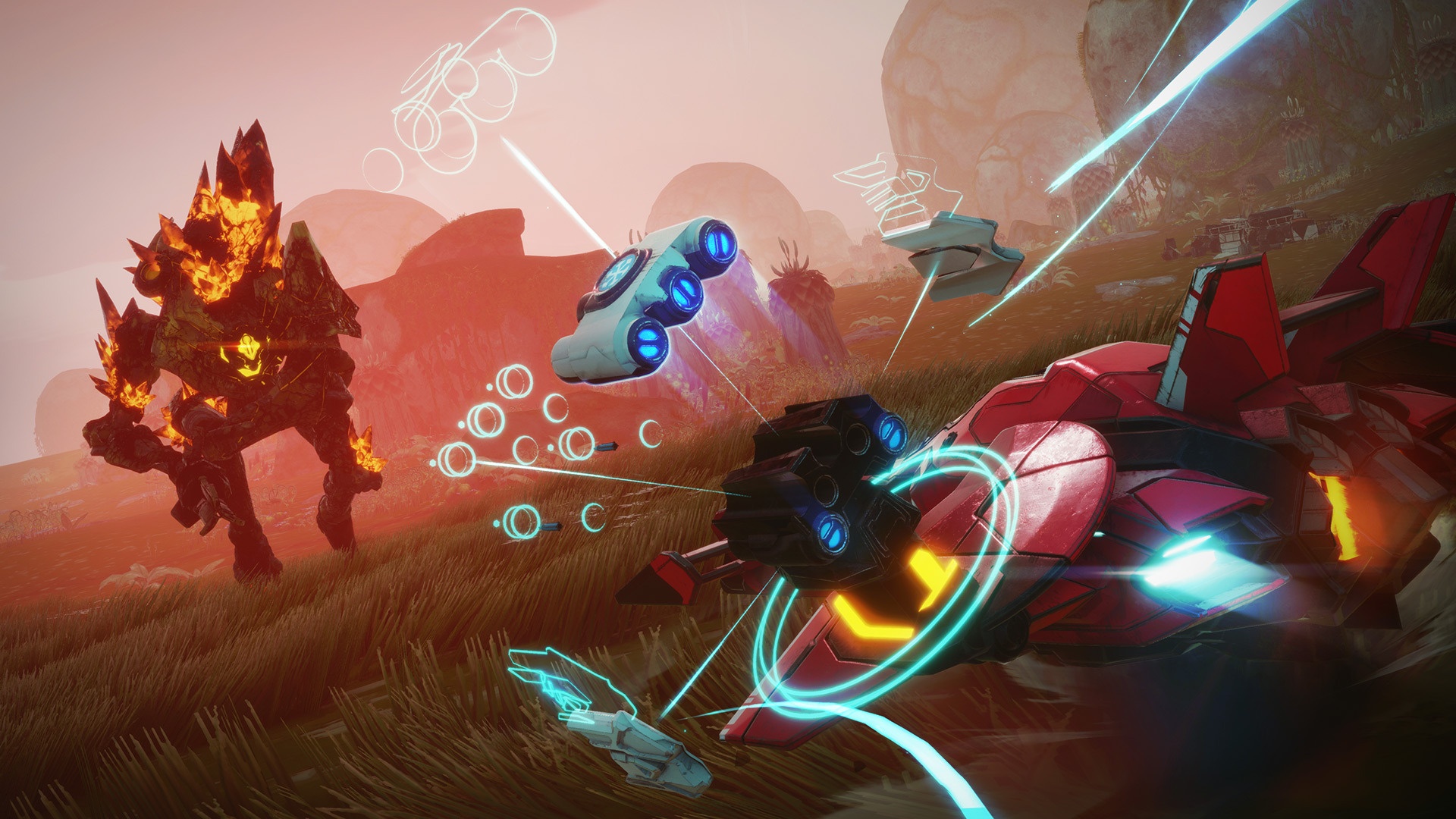
-
Starlink: Battle for Atlas

-
Starlink: Battle for Atlas
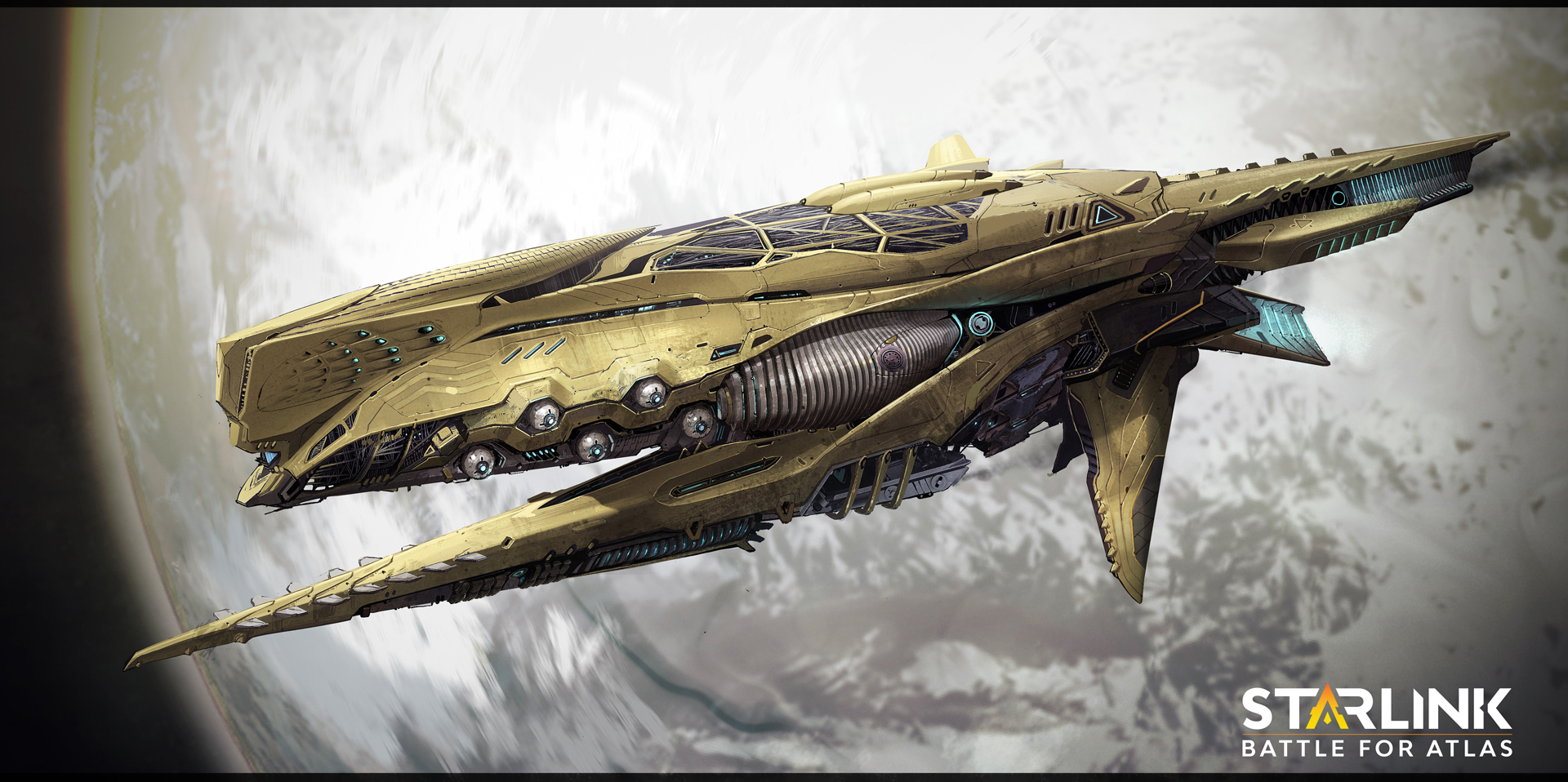
-
Starlink: Battle for Atlas

-
Starlink: Battle for Atlas
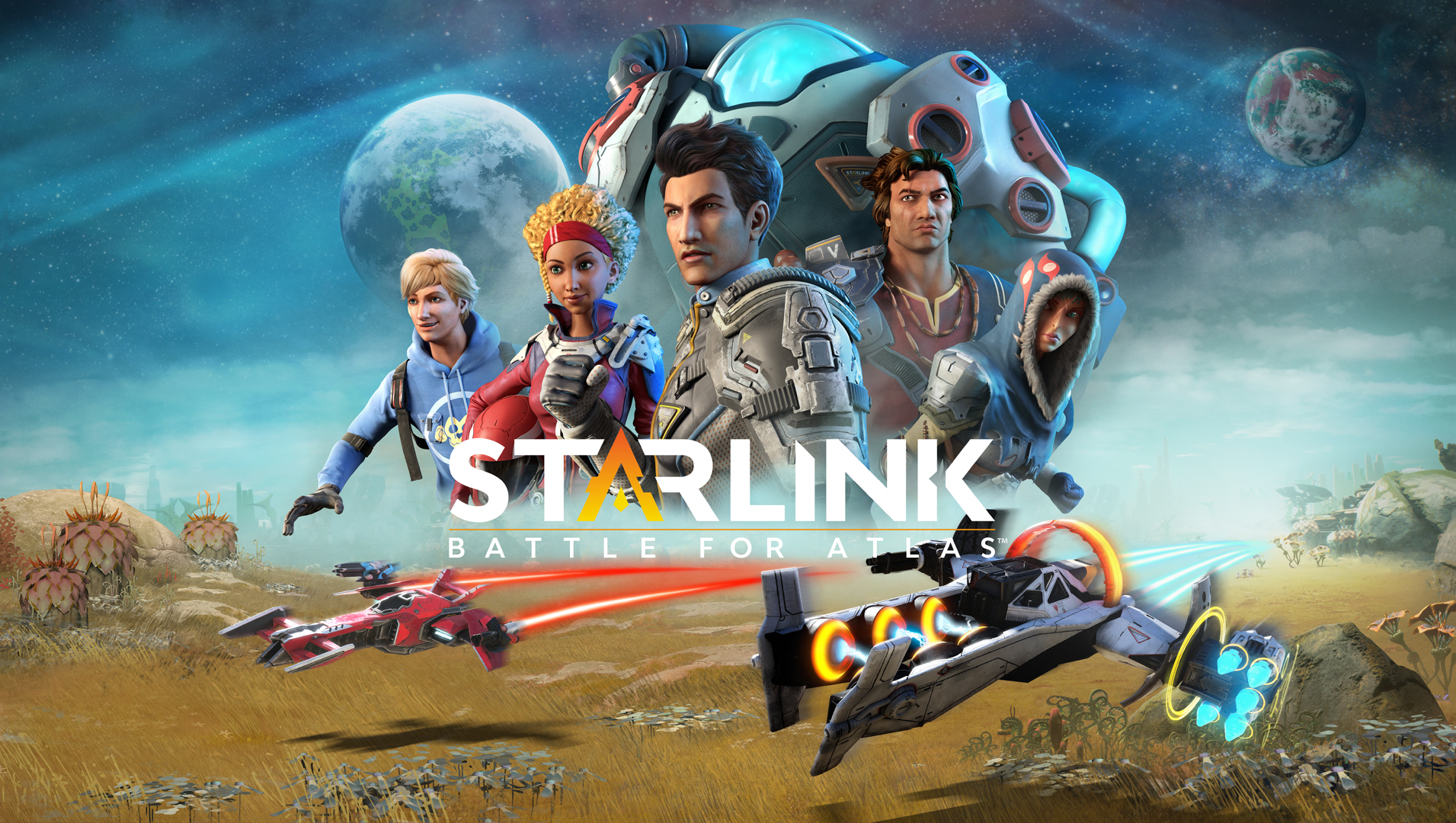
-
Starlink: Battle for Atlas

-
Starlink: Battle for Atlas
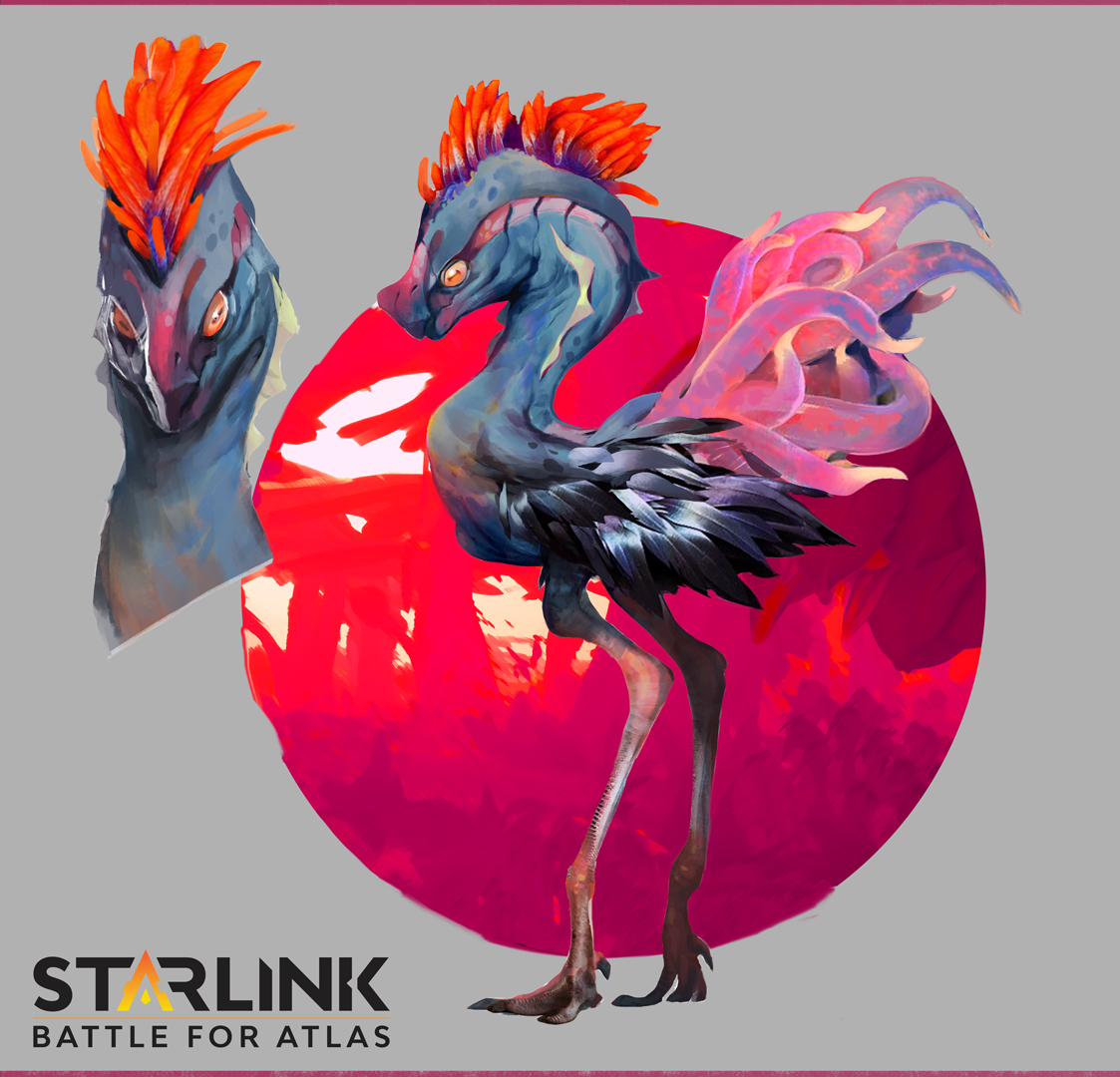
-
Starlink: Battle for Atlas

-
Starlink: Battle for Atlas

-
Starlink: Battle for Atlas

-
Starlink: Battle for Atlas

-
Starlink: Battle for Atlas

-
Starlink: Battle for Atlas
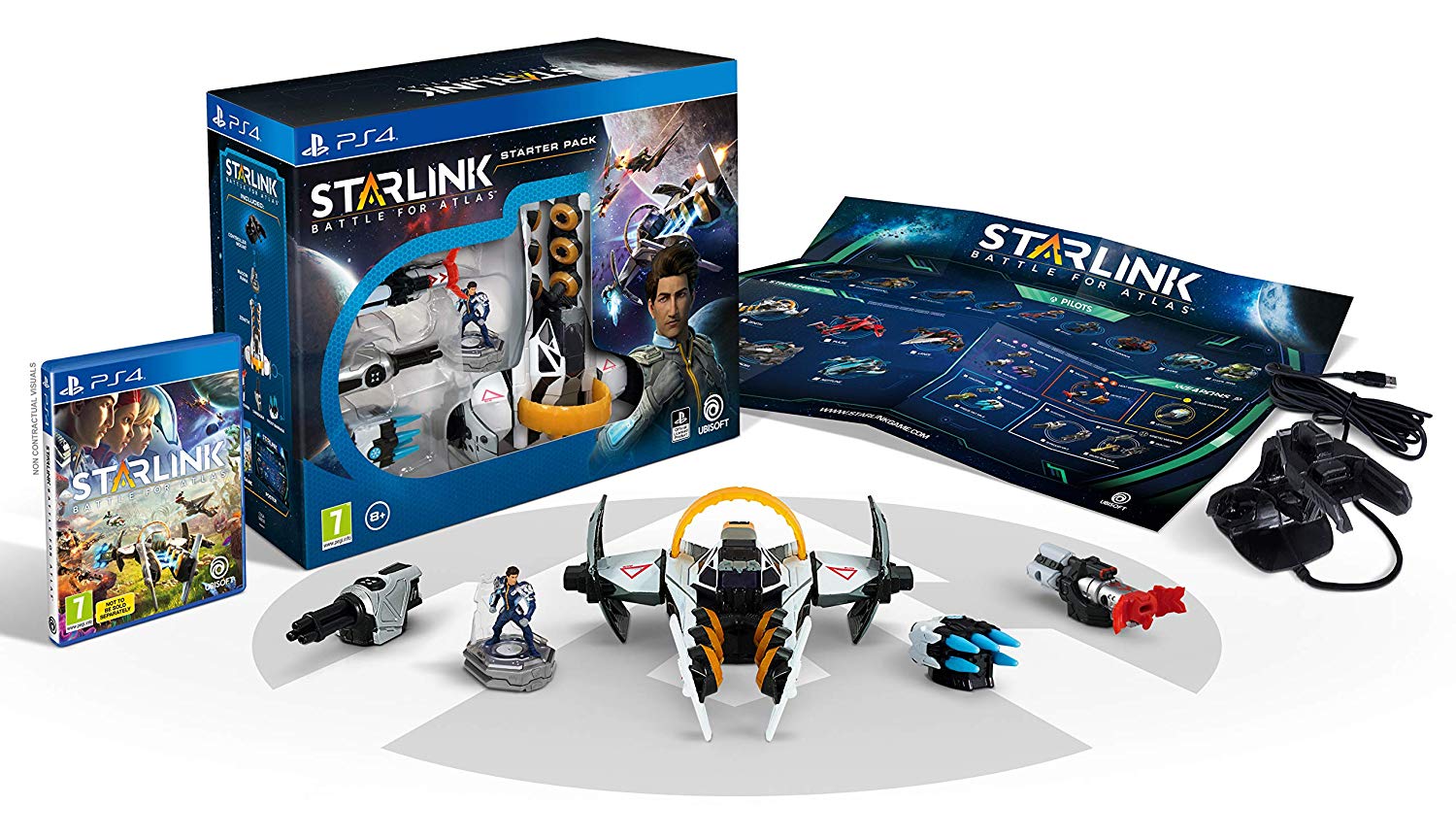
-
Starlink: Battle for Atlas

-
Starlink: Battle for Atlas
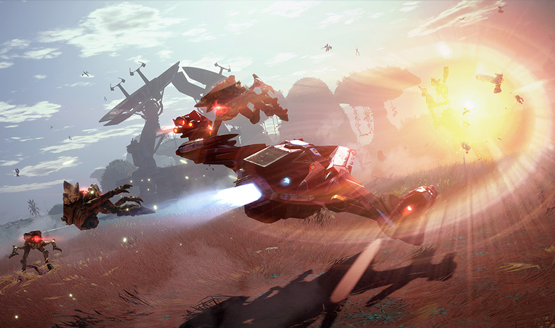
-
Starlink: Battle for Atlas
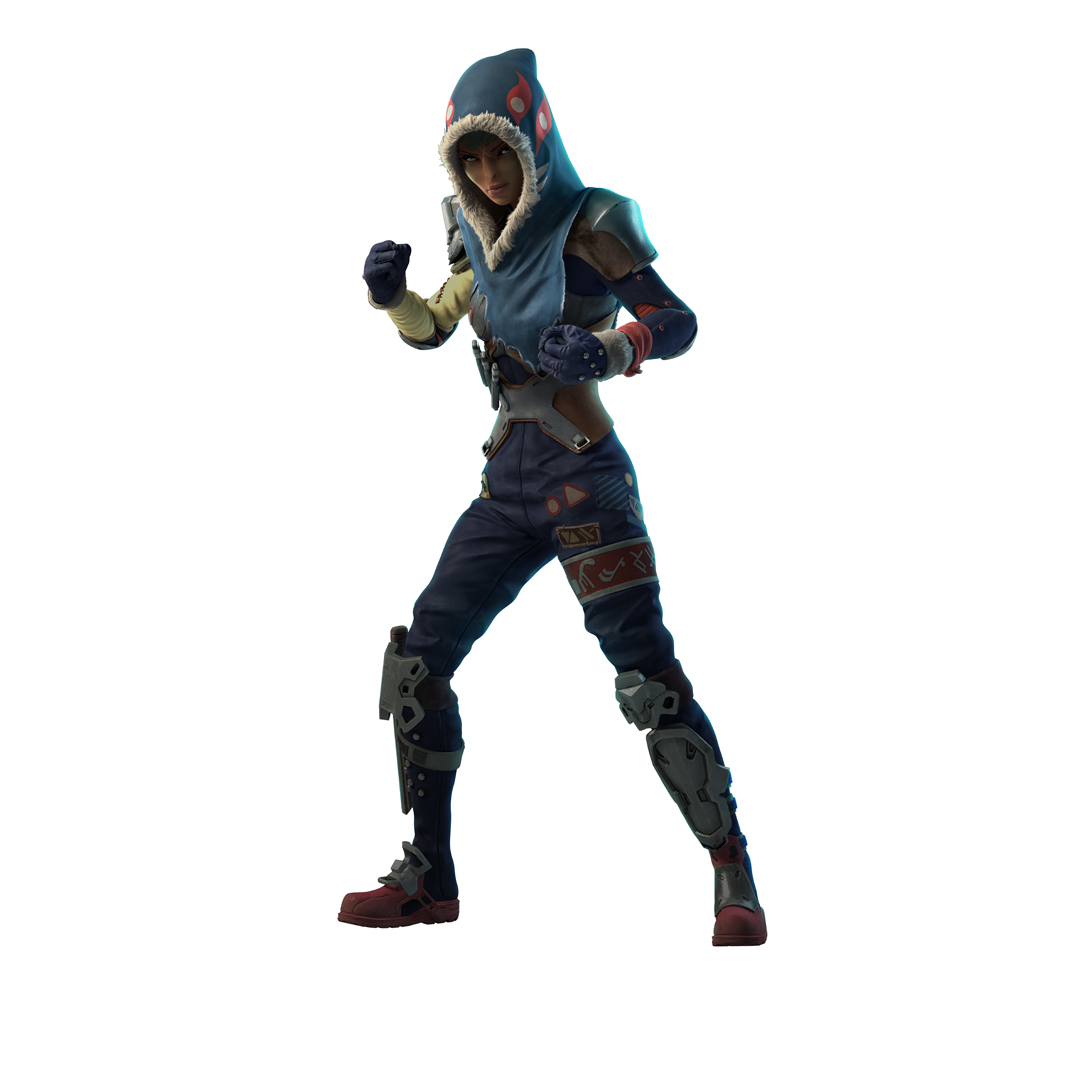
-
Starlink: Battle for Atlas

-
Starlink: Battle for Atlas

-
Starlink: Battle for Atlas

-
Starlink: Battle for Atlas
